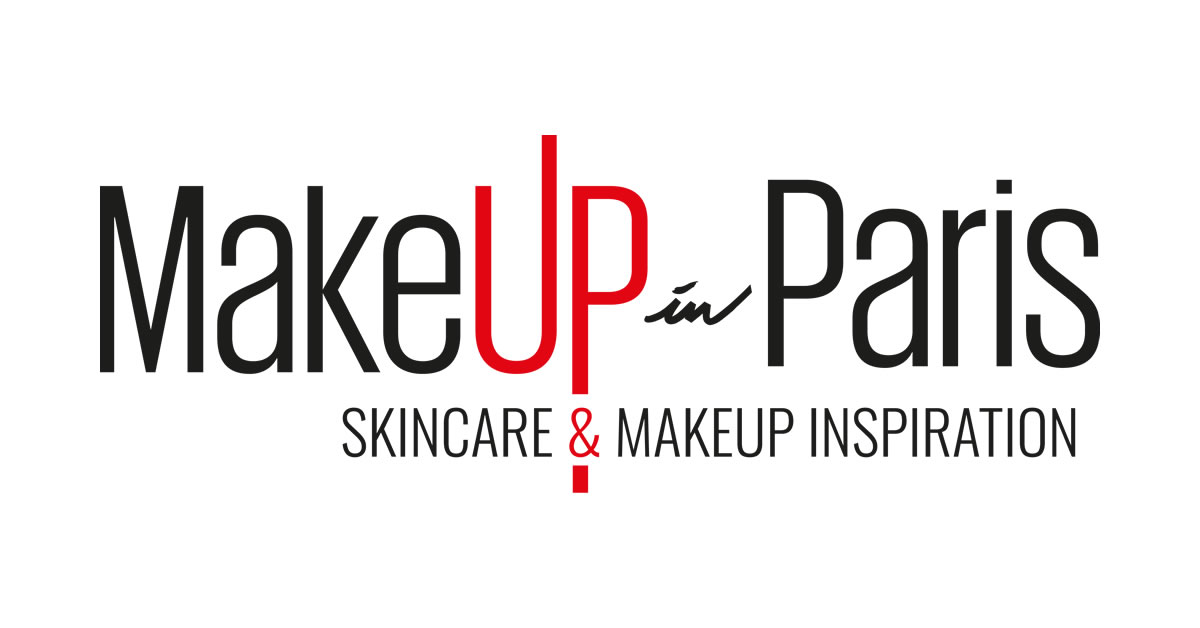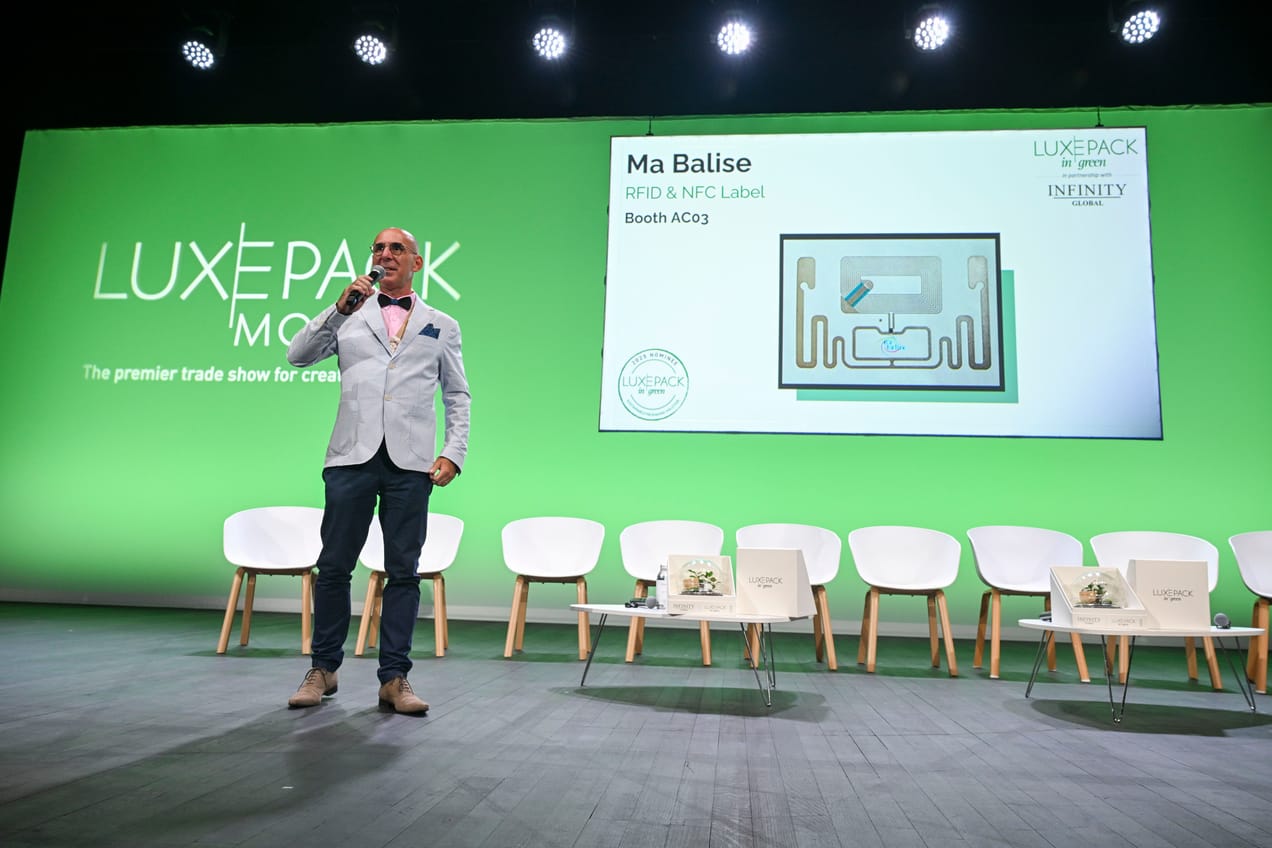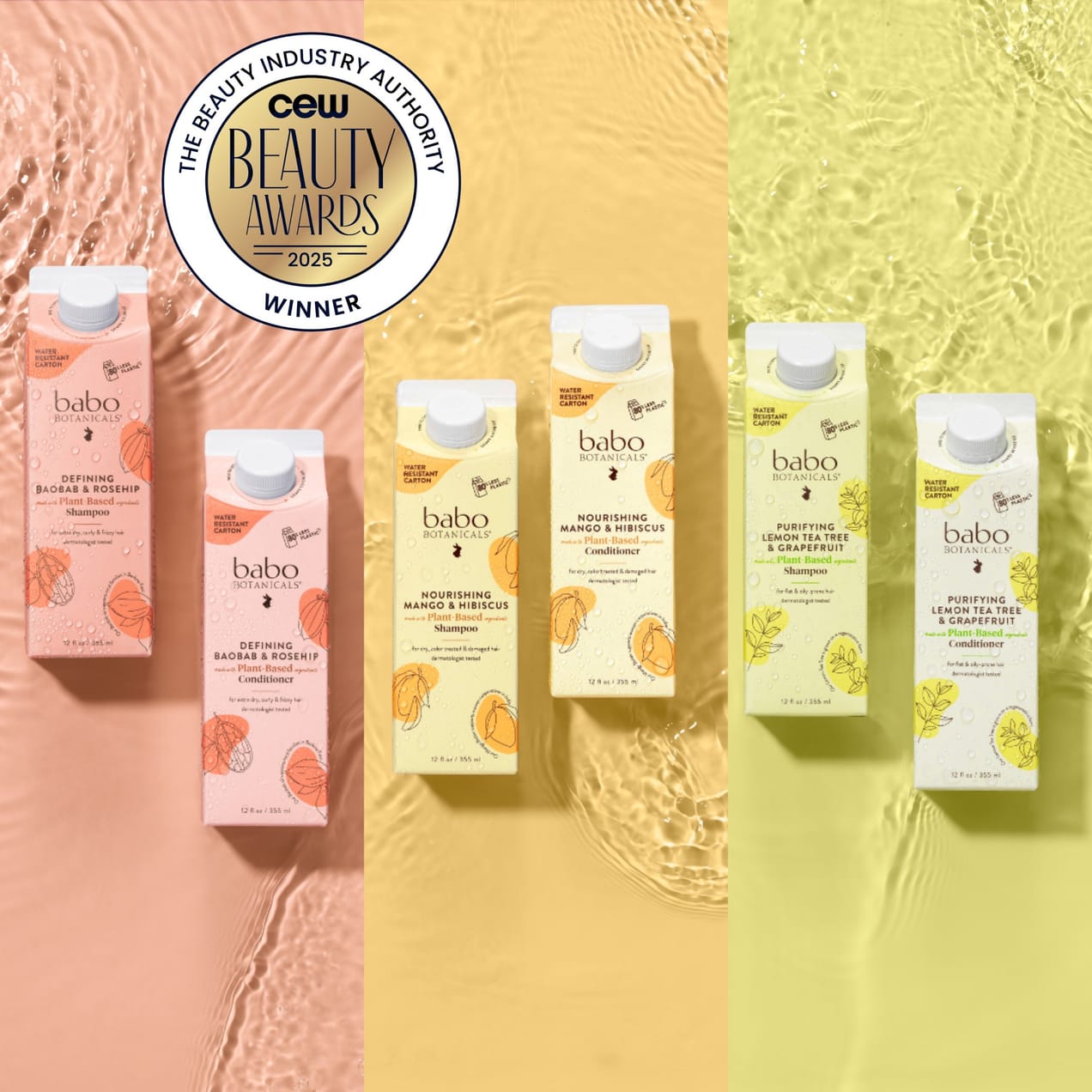Geka is releasing a fully recycled PP mascara packaging: A long-expected innovation
Released at Cosmopack Bologna 2024, GEKA developed a recycled PP for primary packaging, which is food-contact approved for suitable and safe use in cosmetics.
Made of at least 95% recycled PP plastic, this new material opens up new opportunities for the cosmetics industry, with makeup products at the forefront.
We met with Huong Bister, Head of the Research and Development Department at GEKA, and Matthias Ziemann, technical expert for polymers and masterbatches, to talk about this breakthrough.
Huong Bister, Head of R&D, GEKA - Matthias Ziemann, Expert Polymers, GEKA.
re/sources: First of all, what challenges does this newly-developed material address for professionals in the cosmetics industry?
Bister: The main issue was that there are currently no legal requirements for materials that are designed to come into contact with cosmetics products. So, we used Regulation (EU) 10/2011 for plastic materials and articles that come into contact with food as the basis for our initial investigation. This allowed us to establish that the new PCR PP material does, indeed, meet the requirements of a series of regulations – Regulation (EU) 10/2011, Regulation (EC)
The bottom line? Our new product is safe for use as primary packaging for cosmetics products, packaging that would be in direct contact with the formula, and then with the eyes of the consumers – well, the eye lashes!
re/sources: And what does this mean for usability? Can all the components of the packaging be made using this material?
Bister: For the first time, the thread part and the bottle – that both come into direct contact with cosmetics products – can be made entirely using PRC PP. This opens up new horizons for mascara packaging, for example. With a market share of over 70%, water-based mascaras dominate the mascara market, but up until now this segment did not accept low-quality PCR PPs, except in a few isolated cases. Now, with our new development, we can create recycled PP plastic packaging for this specific cosmetic product, for the first time. As a result, beauty brands can increase the PCR content of the whole packaging up to over 80%.
re/sources: This is really interesting. Any other benefits that you would like to talk about?
Ziemann: The material is also colour-neutral, which means it can be used to create different colour and effect combinations – another thing that was not possible with standard PCR PP because it has too many impurities. With our new development, we can also create masterbatches with complex effect pigments without compromising on the brilliance of the effect, or compensating with extremely high dosages. Meaning, visual effects such as metallic sheen or chrome pigmentation can now be easily achieved on a PCR PP basis without losing any quality.
re/sources: This new material is a real market breakthrough. How different is it to process compared to standard PP?
Ziemann: We can process the polymer using the same tools as for conventional PP, and in some cases we can even use the same processing parametres and cycle times. A nice difference, though, is that the material is completely odourless compared to other PCR PP materials, both during production and later at the retail stage.
re/sources: Is this new material sustainable? How does it perform in terms of CO2 emissions?
Bister: Overall, we found that CO2 emissions can be cut by 75%. This takes into account the material alone (because the new PCR PP is used for the cap, bottle, and thread part) but not the process itself.
re/sources: How did you develop the material?
Bister: We collaborated with WIS-Kunststoffe, one of our long-standing partners, who produces high-quality rPP coming from a stable and controlled source, and that fulfills the strict regulatory requirements of the cosmetics industry. Together, we optimised and qualified those materials for use in the packaging production for Colour and Care Cosmetics. As a result, we can now offer packaging with an unprecedented strength of colour and effect – something unique in Rpp.
re/sources: At Cosmopack, you presented a few samples of this sustainable material. What is special about them?
Ziemann: Most of the units we presented were finished with a combination of classic hot foil stamping and our shadow printing technology, which works very well on the material. We also tested and implemented pure shadow printing decorations, which are very sustainable. Lastly, we were also able to explore the use of effect pigments in PCR samples for the first time. Each of the samples we presented contains between 80.3% and 84.2% PCR content, depending on the masterbatches used.
re/sources: Do you have any innovations coming up next that beauty brands can look forward to?
Bister: We are working on qualifying a new PCR LDPE material for the wiper and brush – the two missing packaging components. We aim to present this to our customers at MakeUp in Paris at the end of May. This will be a great opportunity to showcase how we were able to create a packaging solution where all five of the individual components are made entirely of 100% polyolefin PCR. Full polyolefin packaging can, in theory, be recycled, which marks another major step towards sustainability for the whole market.




